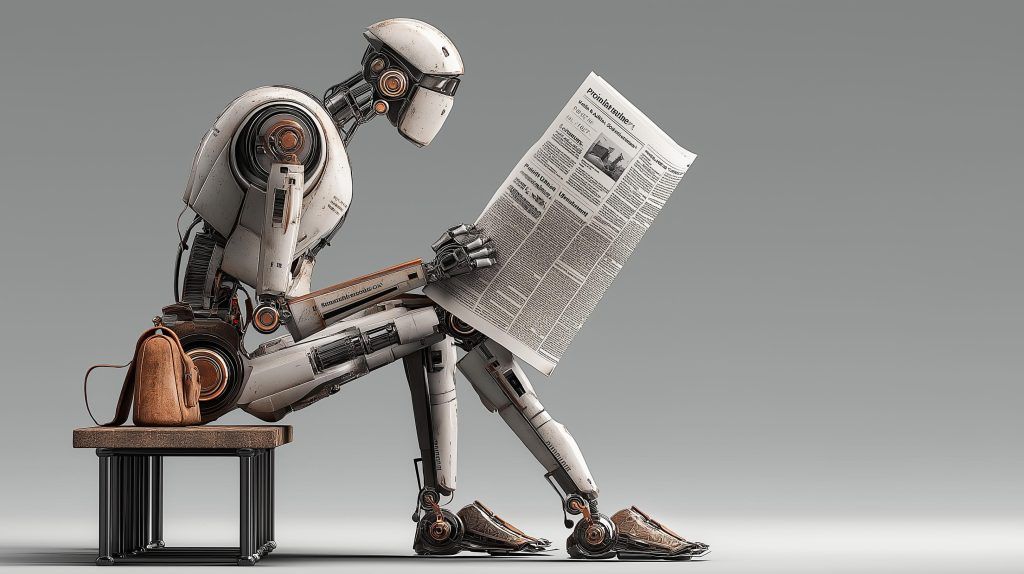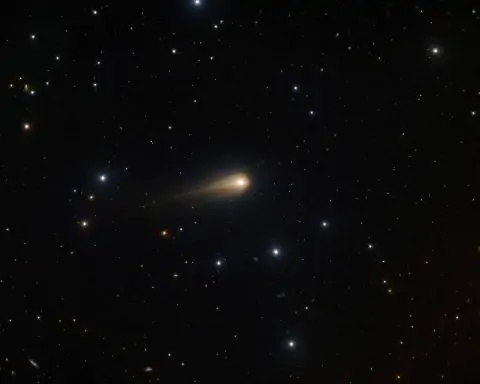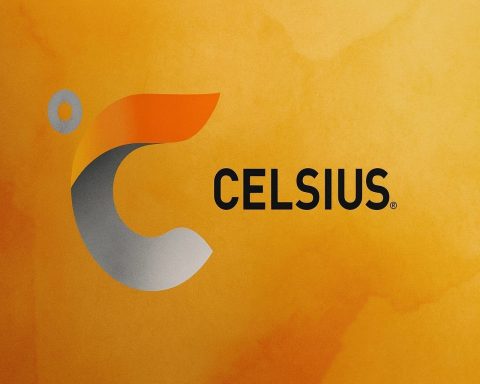- China is building a laser-driven fusion facility in Mianyang that is about 50% larger than the U.S. National Ignition Facility.
- Physicists detected an ultra-faint magnetic signal in gold and copper using a blue laser, confirming a phenomenon theorized for more than 150 years.
- Astronomers observed the earliest stage of planet formation around newborn star HOPS-315 with the James Webb Space Telescope and ALMA, seeing hot, crystallizing minerals in its disk.
- The icy body 2023 KQ14, a sednoid beyond Pluto, has an orbit that challenges the Planet Nine hypothesis and may reflect ancient perturbations by a rogue planet.
- A Duke University–led global study published in PNAS finds obesity in developed countries is driven mainly by higher caloric intake, not inactivity.
- Psilocybin extended lifespan in elderly mice and slowed aging biomarkers, with 80% of treated mice surviving versus 50% in controls.
- Conservationists propose using CRISPR to reintroduce ancestral gene variants to rescue endangered species, citing Mauritius pink pigeon recovery from 10 to 600 individuals.
- The 2014–2016 Pacific marine heatwave, nicknamed “The Blob,” warmed surface waters 2–6°C above normal for months, causing kelp die-offs and the near-extinction of the sunflower sea star.
- The European Union released a detailed AI operating playbook for high-risk models, mandating safety tests, adversarial testing, training-data transparency, and cyber hardening, with fines up to €35 million or 7% of global revenue by August 2, 2025.
- Elon Musk’s xAI plans a child-friendly chatbot called “Baby Grok” with heavy language filters and curated educational content to be safe for kids.
July 20–21, 2025 – In just 48 hours, the world of science saw breakthroughs across nearly every frontier. From unlocking cosmic secrets and quantum mysteries to medical innovations and climate revelations, researchers delivered a cascade of headline-grabbing news. Below is an in-depth roundup of the major science developments by discipline, complete with expert insights and sources.
Physics
- China’s Giant Fusion Laser Unveiled: Satellite imagery revealed a secretive laser-driven fusion facility under construction in Mianyang, China, about 50% larger than the US National Ignition Facility [1]. Analysts say this mega-lab could give China an edge in both clean energy research and nuclear weapons simulation since laser fusion experiments can boost bomb design confidence without nuclear testing [2]. “Any country with an NIF-type facility can and probably will be increasing their confidence and improving existing weapons designs…without testing,” explained nuclear policy expert William Alberque [3]. The discovery underscores an international fusion race with high stakes in energy and security [4].
- Century-Old Physics Mystery Solved by Laser: Physicists have finally detected an ultra-faint magnetic signal in metals like gold and copper – a phenomenon theorized over 150 years ago but never seen until now [5]. Using a powerful blue laser technique, researchers measured these subtle “whispers” of magnetism in materials previously deemed non-magnetic [6]. The breakthrough closes a long-standing gap in electromagnetic theory and could open new avenues in materials science and quantum technology by revealing magnetic behaviors in common metals that were previously undetectable.
Space Science
- First Glimpse of Planets Forming Around a Newborn Star: For the first time, astronomers directly observed the earliest stages of planet formation around a distant infant star. Using the James Webb Space Telescope and the ALMA radio array, a team spotted hot, crystallizing minerals within the dusty disk of a young star called HOPS-315 – essentially catching planets in the act of being born [7]. “We have identified the earliest moment when planet formation is initiated around a star other than our Sun,” said lead researcher Melissa McClure [8]. Co-author Merel van ’t Hoff likened the discovery to “a picture of the baby Solar System” in its first moments [9]. Published in Nature, this finding offers a rare window into how Earth and our own planets likely formed eons ago [10].
- New ‘Fossil’ World at Solar System’s Edge Challenges Planet Nine: Scientists discovered a tiny icy body far beyond Pluto – designated 2023 KQ₁₄ – with an orbit so peculiar it’s reshaping theories of the outer Solar System [11]. The object, one of only four known “sednoids,” has stayed in a stable, elongated path for over 4 billion years [12]. Its orbit doesn’t match its sednoid cousins, hinting that a past cosmic upheaval – rather than a hidden Planet Nine – sculpted these trajectories [13]. “2023 KQ₁₄’s current orbit does not align with those of the other sednoids, [which] lowers the likelihood of the Planet Nine hypothesis,” said Dr. Yukun Huang, who led simulations of the object’s orbit [14]. He suggests an ancient rogue planet may have once perturbed these distant objects before being ejected from our system [15]. Researchers say this celestial “fossil” offers fresh clues about our Solar System’s chaotic youth [16].
Health and Medicine
- Diet Trumps Inactivity in Obesity’s Rise: A global study led by Duke University overturned the myth that sedentary lifestyles are chiefly responsible for rising obesity. Researchers found that people in affluent countries aren’t moving less – they’re eating more – and that higher caloric intake is the dominant driver of the obesity epidemic [17]. “It’s clear that changes in diet, not reduced activity, are the main cause of obesity in the U.S. and other developed countries,” said evolutionary anthropologist Herman Pontzer, the study’s senior author [18]. The analysis, published in PNAS, suggests public health efforts must refocus on improving diets and food environments as the central strategy for combating obesity, while still encouraging exercise for overall health [19] [20].
- ‘Magic Mushroom’ Drug Shows Anti-Aging Promise: In an eye-opening early study, the psychedelic compound psilocybin – the active ingredient in “magic mushrooms” – dramatically extended the lifespan of cells and animals in the lab [21]. Older mice given monthly psilocybin doses lived markedly longer than controls and even regrew fur that had turned gray or balding with age [22]. In human cell cultures, psilocybin’s metabolite slowed multiple hallmarks of aging, preserving telomeres (the end-caps of chromosomes that shorten with age) and reducing cellular stress [23]. “I was floored by the data,” said Dr. Louise Hecker of Baylor College of Medicine, noting that 80% of treated elderly mice survived the study period versus 50% of untreated mice [24]. Experts not involved in the research cautioned that it’s very early days and doses used in mice were high, so much work remains to see if this translates to humans [25]. Still, the findings – published in NPJ Aging – provide the first experimental evidence that psychedelics might one day be harnessed to promote healthier aging [26].
Biology
- Gene Editing Plan to Rescue Endangered Species: Conservation biologists unveiled a bold genetic blueprint to save species from extinction by restoring lost genetic diversity via gene editing [27]. In a paper in Nature Reviews Biology, an international team proposes using CRISPR to reintroduce genetic variants that have vanished from inbred animal populations – essentially rejuvenating their gene pools with DNA from museum specimens or from closely related species [28]. This could reverse “genomic erosion” in recovering species. For example, Mauritius’s pink pigeon rebounded from just 10 individuals to 600 today, but remains genetically fragile and at risk [29]. The authors argue carefully adding back ancestral gene variants or inserting genes for climate and disease tolerance from sister species could give such animals a fighting chance to adapt. “The same technological advances that allow us to introduce genes of mammoths into the genome of an elephant can be harnessed to rescue species teetering on the brink of extinction,” said Dr. Beth Shapiro, a co-author and genomics pioneer [30]. The scientists emphasize this approach would complement, not replace, habitat protection – and must be done cautiously to avoid unintended effects [31]. If validated, the strategy could marry biotechnology with conservation to pull endangered wildlife back from the brink.
Environmental Science
- Marine Heatwave Shatters Pacific Ecosystems: New research warns that an infamous 2014–2016 marine heatwave in the Pacific – nicknamed “The Blob” – devastated ocean life and offers a grim preview of climate change’s impact [32]. During that record-breaking event, Pacific waters warmed 2–6 °C above normal for months [33] [34]. A synthesis of 330+ studies has now catalogued the carnage: kelp forests withered, seabird and sea star populations collapsed, and at least 240 marine species from plankton to whales shifted northward seeking cooler waters [35] [36]. “The marine heatwave resulted in unprecedented ecological disturbance across thousands of kilometers of North America’s west coast,” said lead author Samuel Starko of University of Victoria [37]. Iconic predators like the sunflower sea star nearly went extinct, and commercial fisheries suffered hundreds of millions in losses [38]. Researchers note many impacts were cascading – for instance, the die-off of prey fish led to mass starvation up the food chain [39]. With ocean heatwaves becoming more frequent, the team urges proactive ecosystem protection and climate mitigation. “As heatwaves become more frequent and intense under climate change, [this event] provides a critical example of how our future oceans may look,” said UVic ecologist Julia Baum, underscoring the need for urgent action [40]. The study appears in Oceanography and Marine Biology: An Annual Review.
Artificial Intelligence
- EU Drops an AI Rulebook with Teeth: European regulators released a sweeping “operating playbook” for advanced AI models, laying out strict compliance steps under the forthcoming EU AI Act [41]. The guidelines – unprecedented in scope – mandate that providers of high-risk general-purpose AI (like large language models) conduct mandatory safety tests, adversarial attacks, transparency reporting on training data, and tighten cybersecurity around model weights [42]. And they’re on a tight deadline: companies have until August 2, 2025 to implement these measures or face fines up to €35 million (or 7% of global revenue) for violations [43]. Observers note this is the first detailed regulatory roadmap for “frontier AI” systems, effectively forcing AI firms to harden their models’ safety and transparency in a hurry. The move signals a new era of aggressive AI oversight in the EU, likely setting a benchmark for regulators worldwide.
- Musk’s xAI to Launch Kid-Friendly ‘Baby Grok’ Bot: Elon Musk’s new AI startup xAI announced plans for a chatbot designed specifically for children [44]. Code-named “Baby Grok,” the AI assistant will feature heavy language filters and curated educational content to ensure it outputs only kid-safe responses [45]. This initiative follows xAI’s recent controversies over its edgy first model “Grok” and aims to rehab the company’s image by demonstrating an AI that can be both autonomous and responsible. If successful, Baby Grok would be one of the first AI systems explicitly tailored to youngsters – an “AI nanny” of sorts – potentially opening a new family-friendly market for artificial intelligence. The project also highlights how AI firms are responding to public concerns by building ethics and safety guardrails into next-generation chatbots from the ground up.
- Leaked Preview of GPT-5 Stuns AI Researchers: A purported research leak suggests OpenAI’s upcoming GPT-5 model will employ a novel “dynamic routing” architecture – essentially enabling the AI to call on specialized sub-models for different tasks on the fly [46]. This modular design could make the system more efficient and adept at complex problem-solving. Indeed, the leak claims GPT-5 has already demonstrated problem-solving skills at International Math Olympiad medalist level, a jaw-dropping leap in reasoning ability [47]. The report also hints that OpenAI hasn’t slowed down: work on an even more advanced GPT-6 is allegedly already underway [48]. While OpenAI has not confirmed these details, the news has experts buzzing about AI’s blistering pace of advancement. The use of “dynamic routing” could herald a shift away from giant monolithic models to more adaptable AI – but it also raises the stakes for AI governance as systems grow ever more powerful and autonomous.
Each of these stories from July 20–21, 2025 highlights how rapidly science and technology are advancing – from deep space and the quantum realm to breakthroughs in biotech, climate science, and AI. It’s a reminder that progress often arrives in bursts, reshaping our understanding of the world and unlocking new possibilities for the future [49].
Sources: The content above is drawn from published research reports, press releases, and expert commentary in reputable outlets including Nature, ScienceDaily, Reuters, and other science news services, as cited inline. All quotations and data points are referenced to their original sources for further reading.
References
1. ts2.tech, 2. ts2.tech, 3. www.reuters.com, 4. ts2.tech, 5. scitechdaily.com, 6. scitechdaily.com, 7. www.sciencedaily.com, 8. www.sciencedaily.com, 9. www.sciencedaily.com, 10. www.sciencedaily.com, 11. www.sciencedaily.com, 12. www.sciencedaily.com, 13. www.sciencedaily.com, 14. www.sciencedaily.com, 15. www.sciencedaily.com, 16. www.sciencedaily.com, 17. www.sciencedaily.com, 18. www.medicaleconomics.com, 19. www.medicaleconomics.com, 20. www.medicaleconomics.com, 21. www.livescience.com, 22. www.livescience.com, 23. www.livescience.com, 24. www.livescience.com, 25. www.livescience.com, 26. www.livescience.com, 27. www.sciencedaily.com, 28. www.sciencedaily.com, 29. www.sciencedaily.com, 30. www.sciencedaily.com, 31. www.sciencedaily.com, 32. sciencedaily.com, 33. sciencedaily.com, 34. sciencedaily.com, 35. sciencedaily.com, 36. sciencedaily.com, 37. sciencedaily.com, 38. sciencedaily.com, 39. sciencedaily.com, 40. sciencedaily.com, 41. medium.com, 42. medium.com, 43. medium.com, 44. medium.com, 45. medium.com, 46. medium.com, 47. medium.com, 48. medium.com, 49. www.sciencedaily.com










